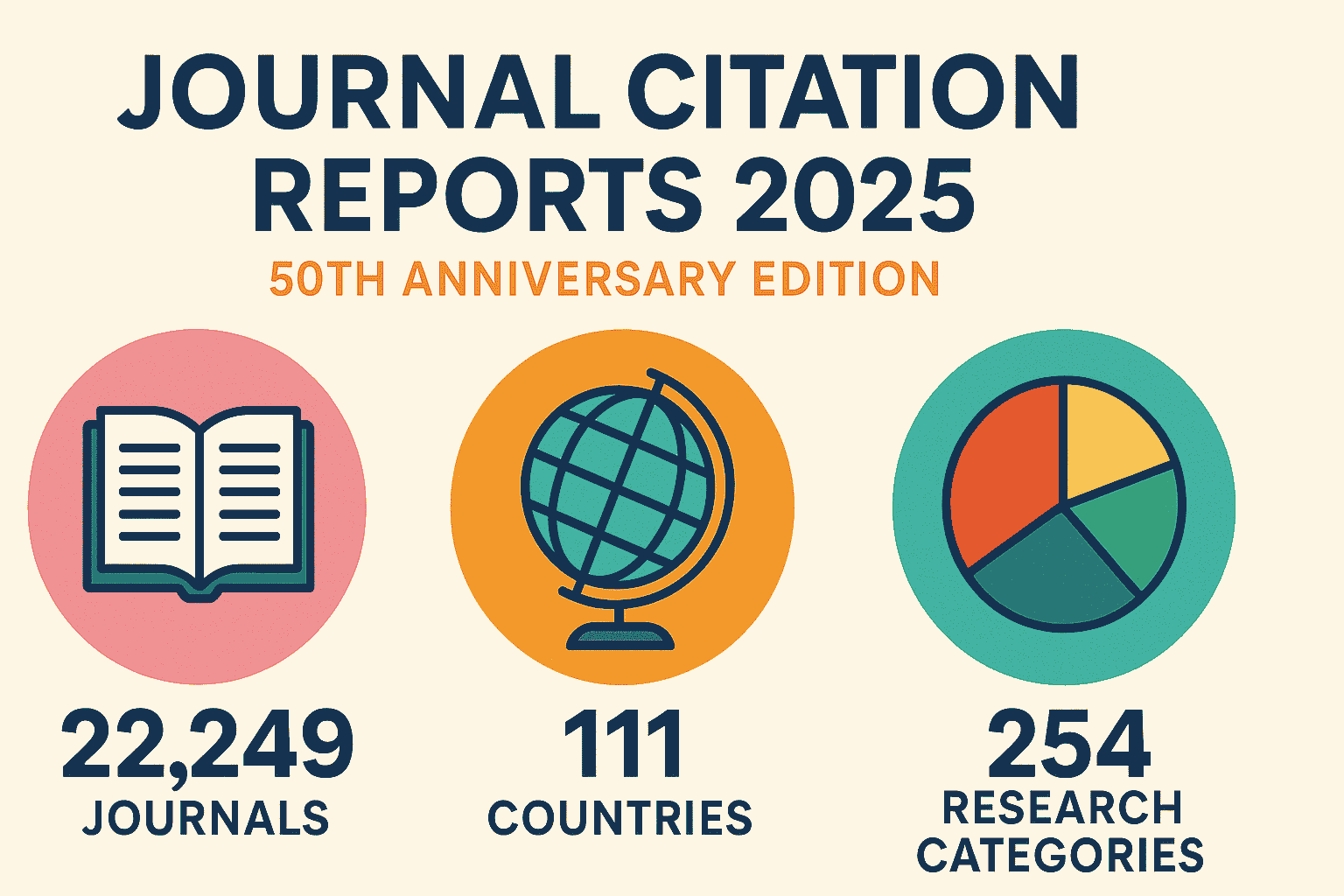How people have adapted to the changes brought on by the Covid-19 pandemic?
How people have adapted to the changes brought on by the COVID-19 pandemic?
People around the world have made significant adaptations in response to the challenges brought on by the COVID-19 pandemic. The rapid spread of the virus has necessitated changes in various aspects of daily life, including health practices, work, education, social interactions, and more. Here’s how people have adjusted:
- Remote Work and Learning: With lockdowns and social distancing measures in place, many individuals shifted to remote work environments and online learning platforms. Homes were reconfigured to accommodate home offices and study spaces, and people adapted to new technologies and communication tools to stay connected.
- Health and Safety Protocols: People adopted new health practices, such as wearing masks, using hand sanitizers frequently, and maintaining social distance in public spaces. Checking body temperature and filling out health questionnaires became common when entering certain buildings or boarding transport.
- Telehealth: Many turned to telehealth services for medical consultations to minimize the risk of exposure in healthcare settings. This shift has made healthcare more accessible for some and highlighted the effectiveness of remote diagnostic tools.
- Digital Adoption: There was an accelerated adoption of digital technology, especially contactless payment options, mobile ordering, and online shopping, as consumers sought to minimize physical contact.
- Fitness and Well-being: With gyms and recreational facilities closed or limited, people found new ways to maintain fitness by exercising at home, using online fitness programs, or engaging in outdoor activities where it was safe to do so.
- Socialization: Creativity in socializing flourished as people turned to virtual hangouts, online gaming, and socially distanced gatherings to stay in touch with friends and family while complying with safety guidelines.
- Travel and Mobility: Travel restrictions led individuals to explore local destinations and outdoor adventures closer to home. The way people moved around cities changed, with a rise in walking, biking, and private car use instead of public transportation.
- Mental Health Awareness: The pandemic heightened awareness of mental health issues, prompting many to prioritize self-care, mindfulness, and seek support through online counseling services.
- Work-Life Balance: As work and personal life boundaries blurred, individuals sought new ways to establish a work-life balance, including flexible schedules and setting clear boundaries for work time and personal time.
- Community Support: Many recognized the importance of community support, with initiatives such as shopping for vulnerable neighbors, supporting local businesses, volunteer work, and participating in mutual aid groups.
- Sustainability: The pandemic also led to a growing emphasis on sustainability and self-sufficiency. People took up gardening, cooking at home, and became more conscious of their consumption and waste production.
These adaptations varied widely depending on individual circumstances, country-specific responses to the pandemic, and the availability of resources. The long-term effects of these changes on society, work culture, education, and health practices continue to unfold even as the immediate crisis of the pandemic begins to ease in some parts of the world.








